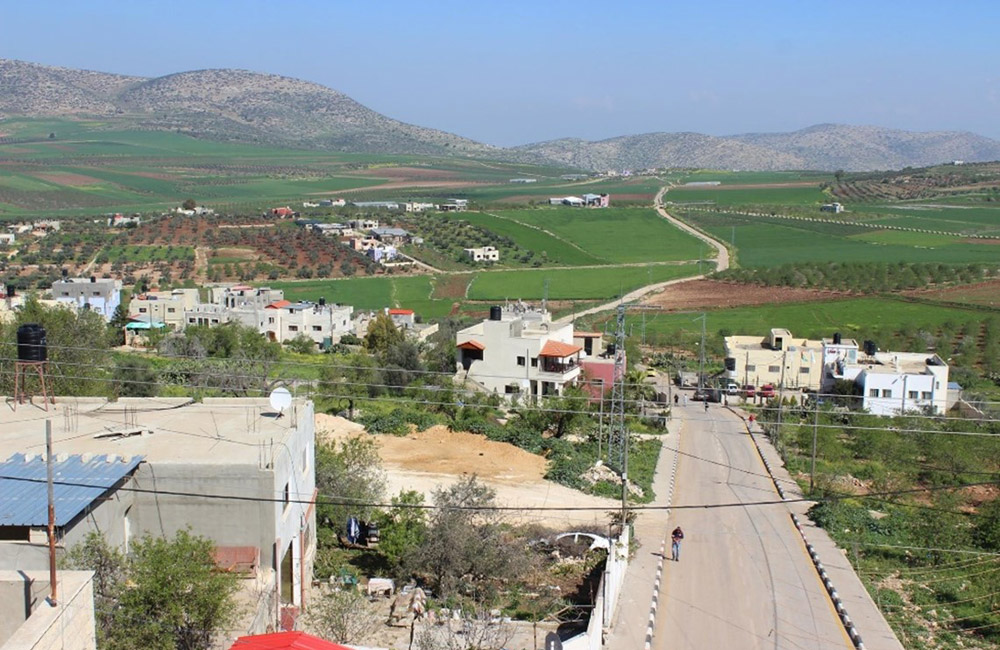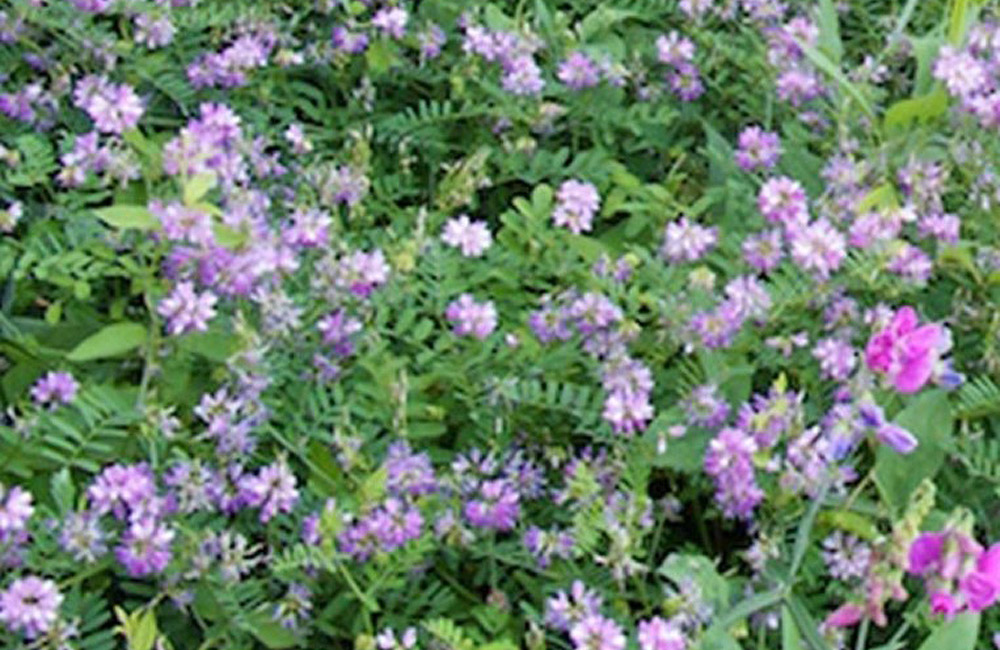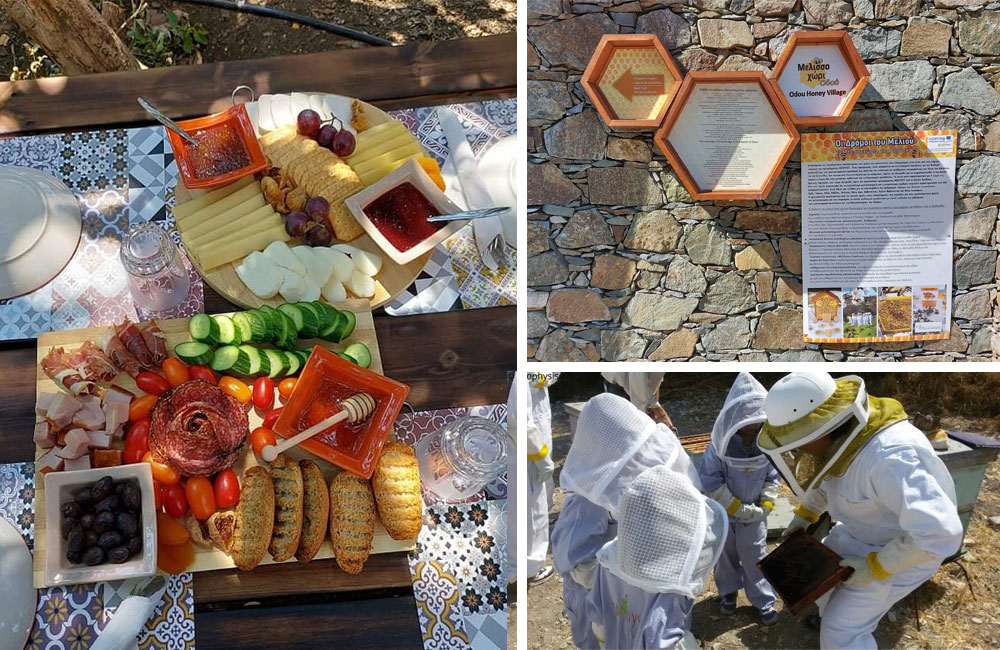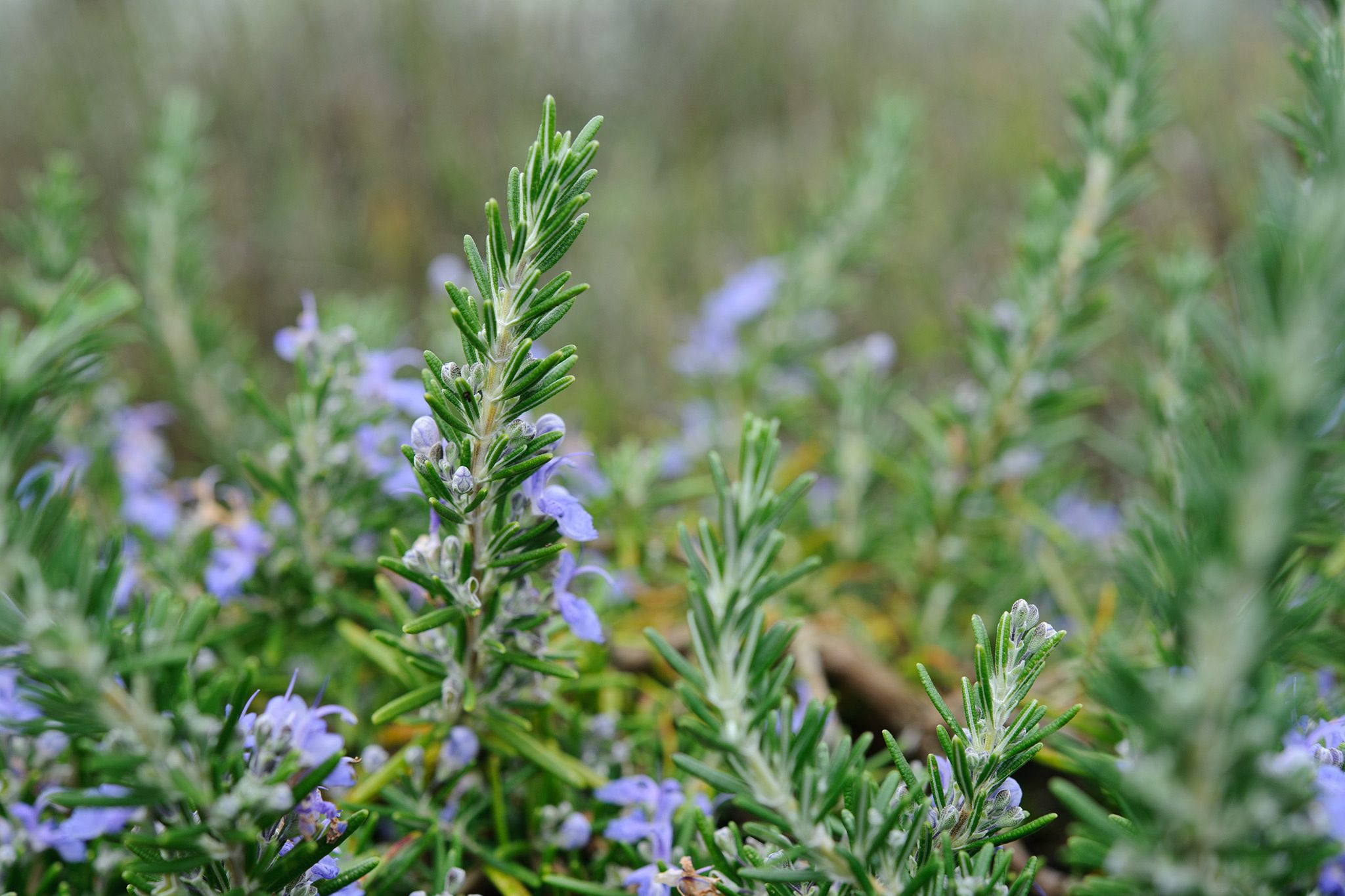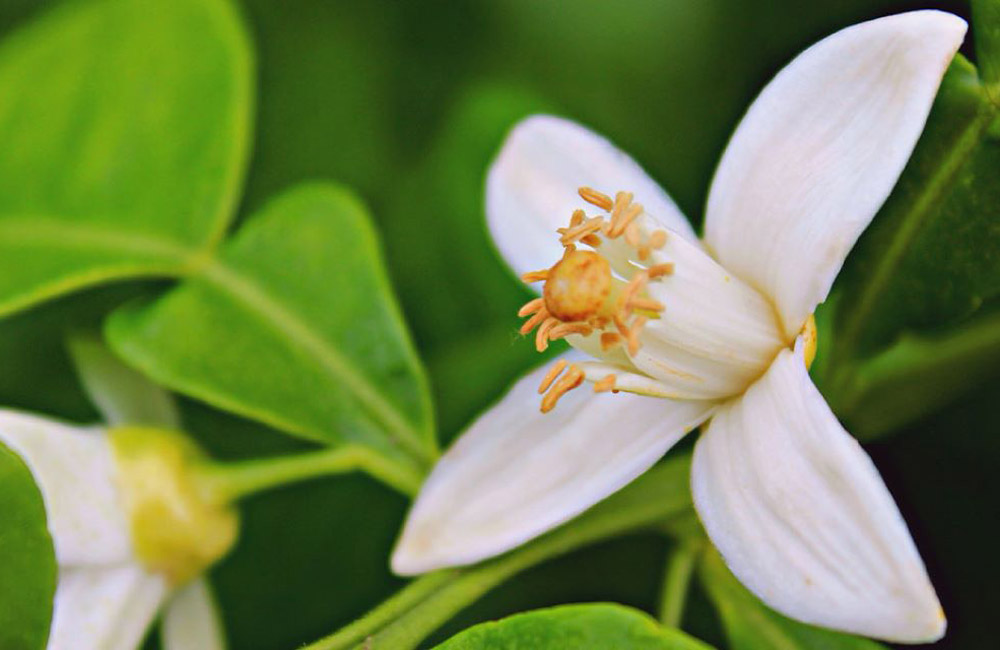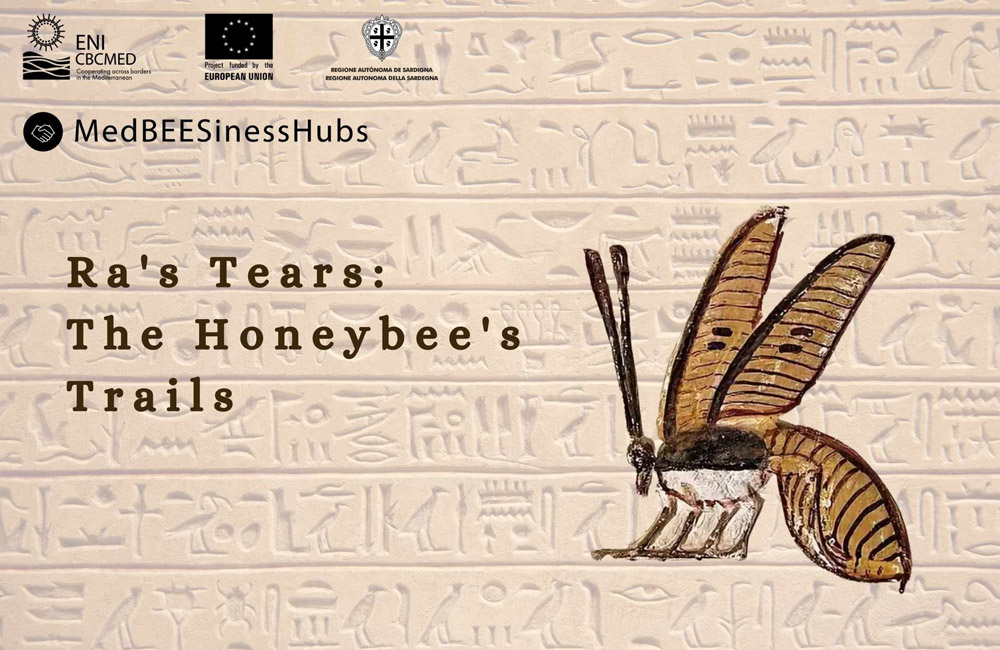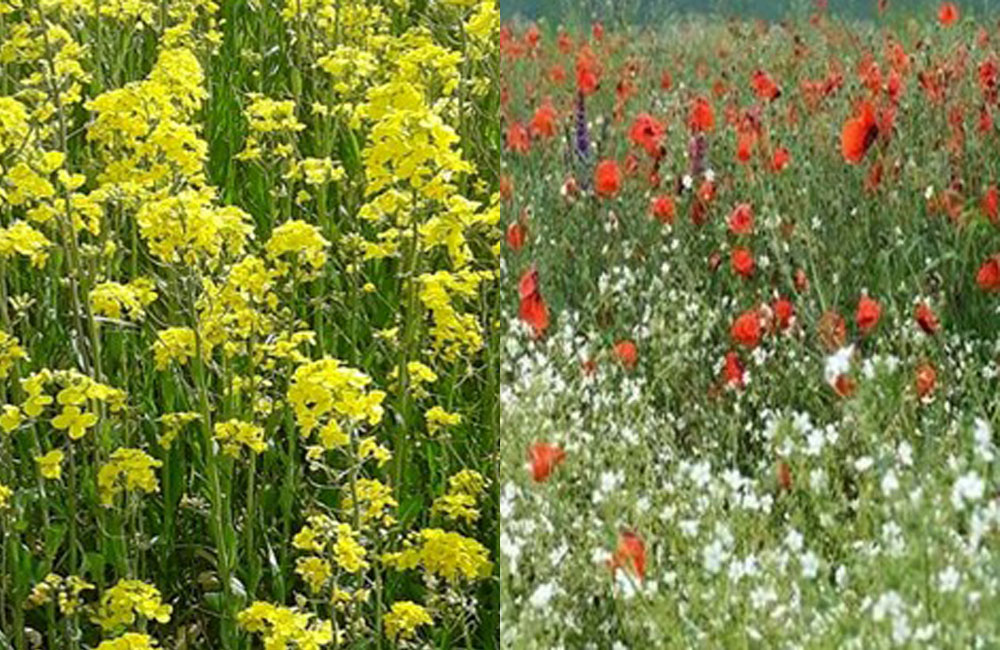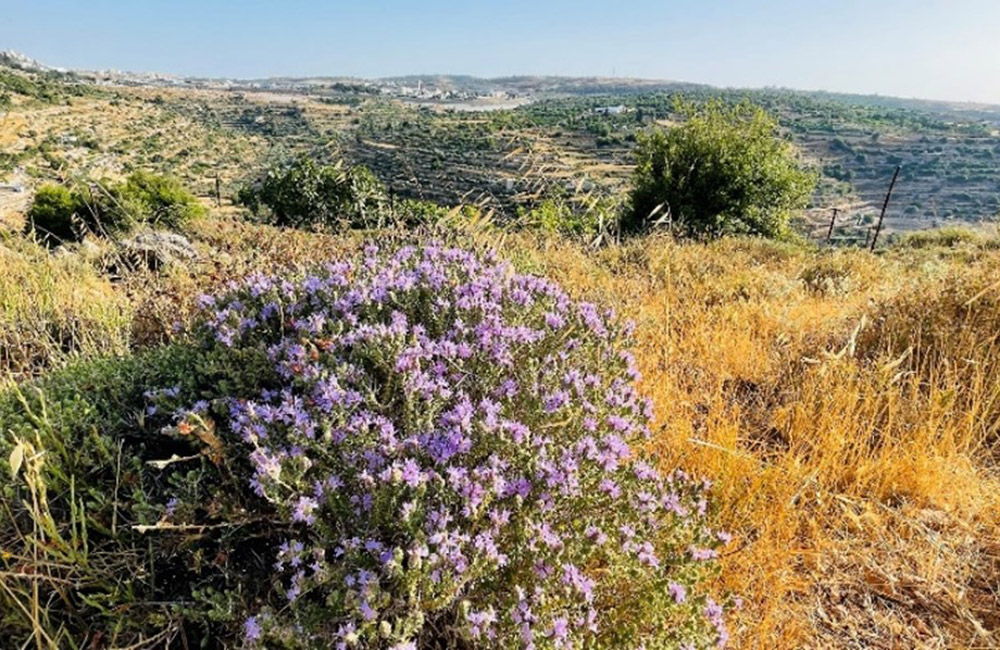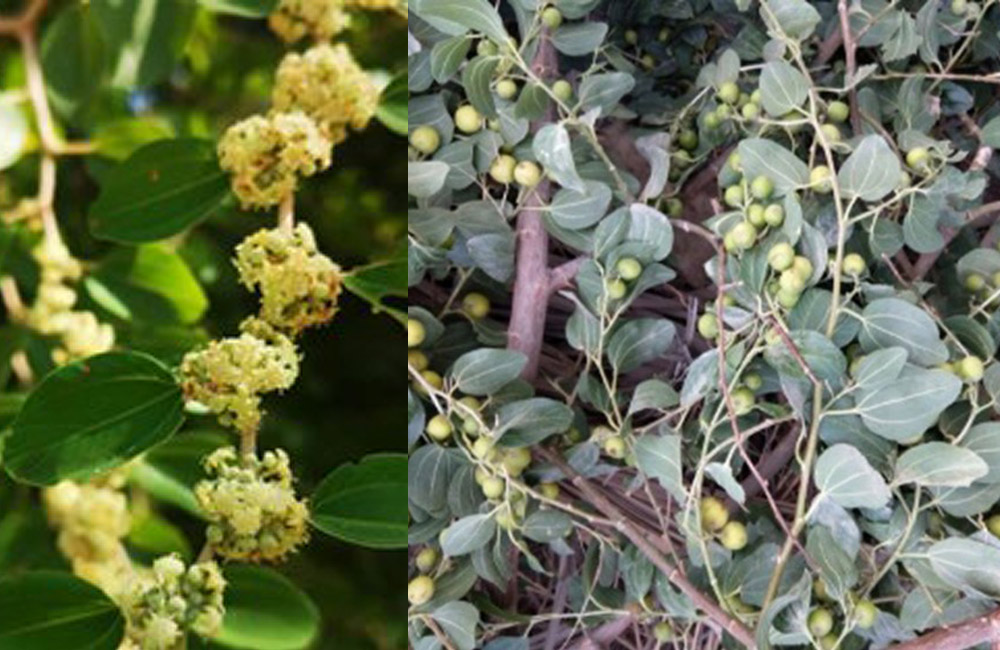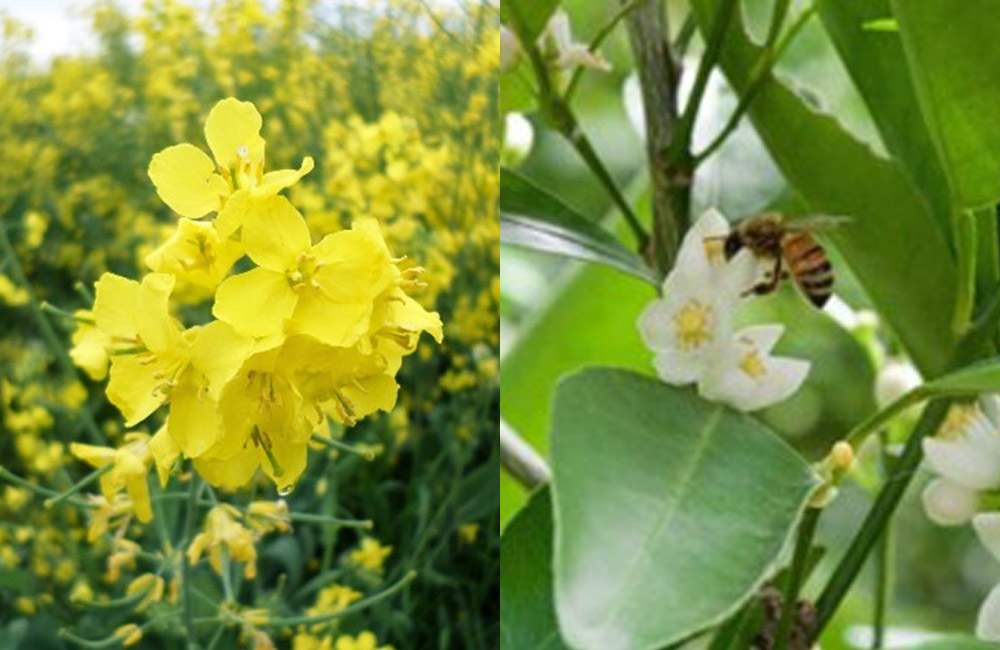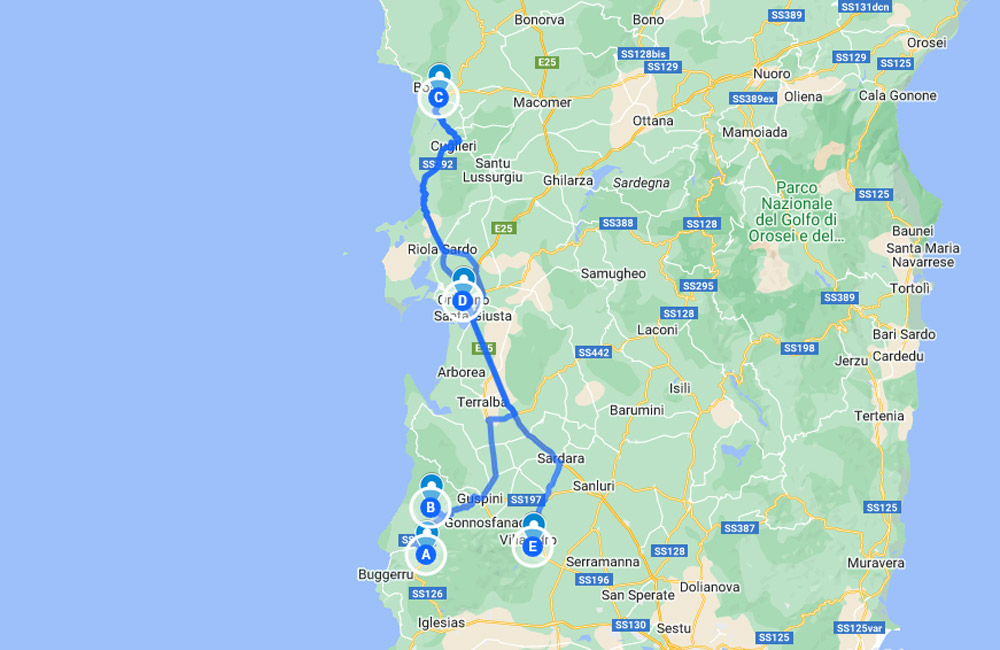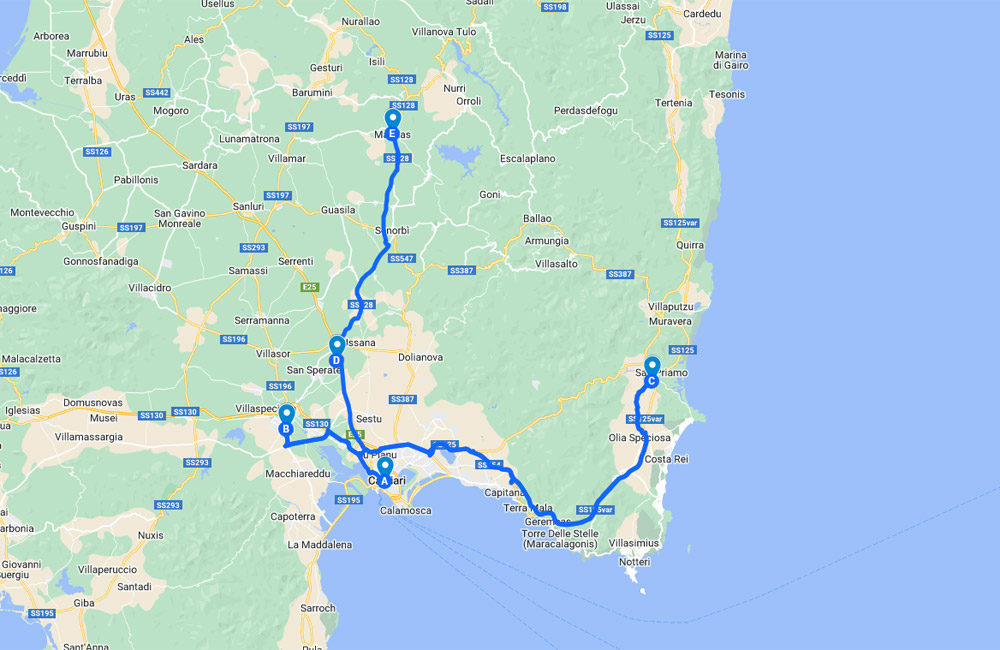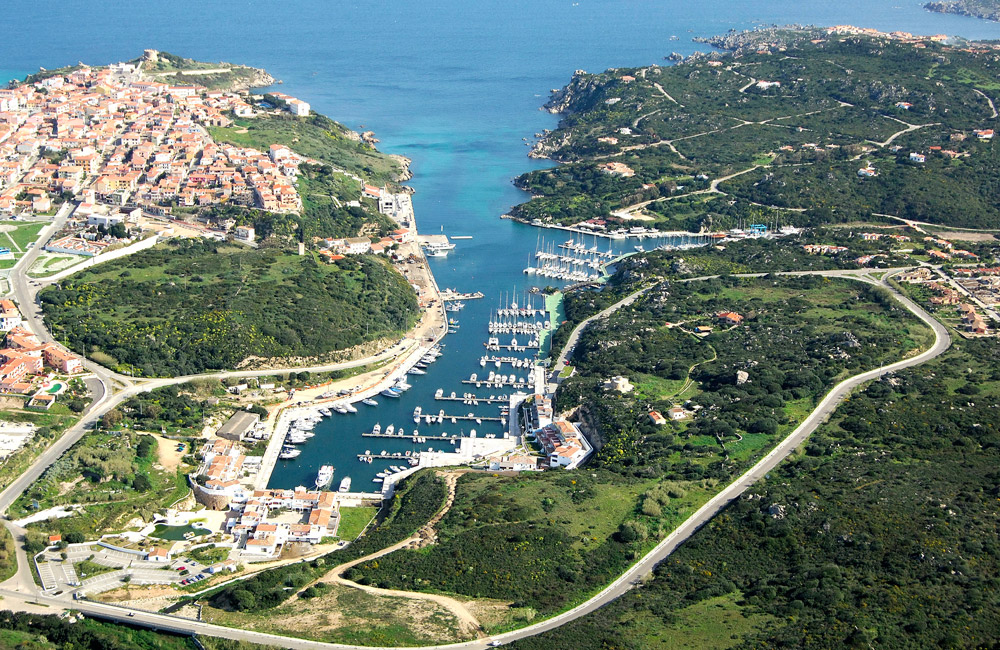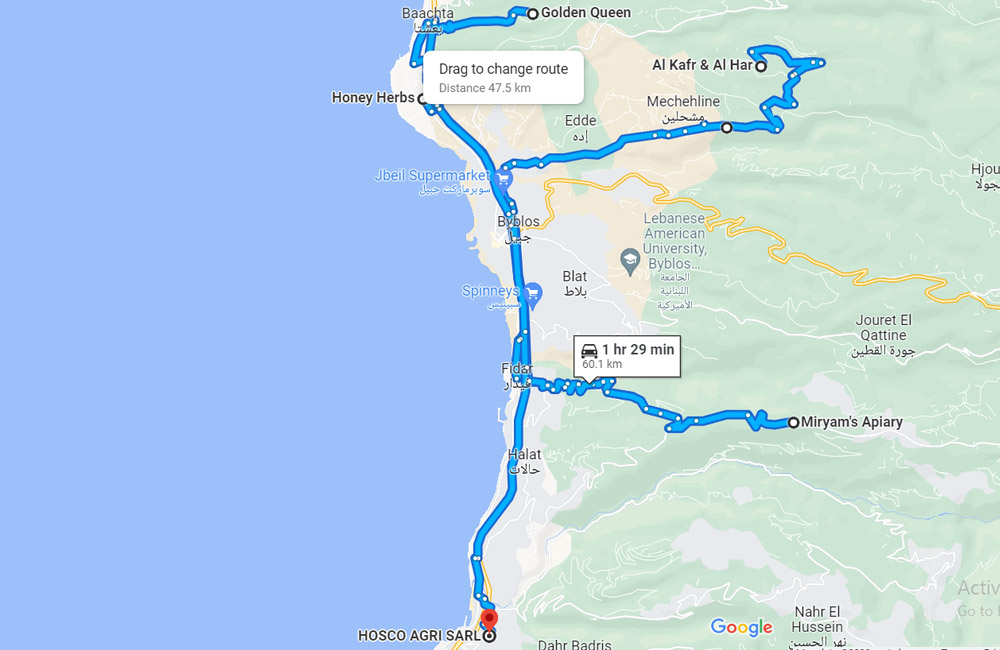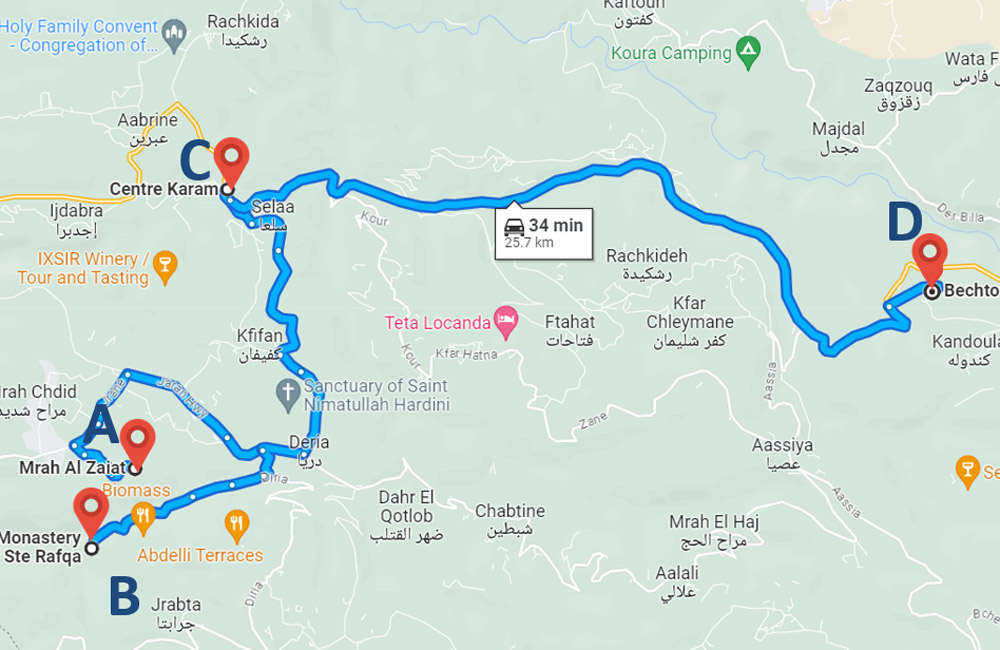Description of the route and nearby villages
An easy family route with a length of about 7 and a half kilometers, starting from the village of Raba in Tubas region and ending in Aqaba village in Tubas region, passing through the plains and hills of the villages of Raba and Aqaba, where this area is famous for the cultivation of alfalfa and it is abundant in the spring. Where the vast lands in the area planted with alfalfa plants (which are used as fodder for livestock) and which bloom from mid-March to mid-month, create a very picturesque natural painting. The number of apiaries increases in this region because of the distinguished quality of its honey.
It is a walking route in nature, where nature is characterized by wide and open agricultural lands towards the Jordan Valley, where the different colors in the plains region mix with the colors of the surrounding desert mountains to give a natural artistic painting of attractive beauty.
The first stop of the route is the village of Raba, and there are many livestock breeders and farmers of grain and almonds to a large extent, and it is a small agricultural village, so we see farmers on agricultural tractors and also those who ride animals such as the donkey and the horse, which is still used to a large extent in agricultural work. During the route, we see the village of Kfir on the hill opposite the route towards the northwest, until we reach the town of Aqaba and visit its old town, which is characterized as an ancient Canaanite village inhabited by Palestinians more than three thousand years ago and still exists to this day.
Local plants and ecosystems
The climate of this region is the climate of eastern slopes (Shafa Guri) i.e. an area located in the middle of the distance between the hilltops of the region and the Valley of the Jordan Valley, and the summer temperatures are between 30 to 37 degrees Celsius and in the winter period between 8 to 17 degrees Celsius, and this climate is characteristic for the living of bees from the period of November until The end of April.
The region is rich in a large number of varieties of trees and plants important to the biodiversity system in the region, the most important of which are various almond trees, olives, grapes, berries, and various forest trees such as acacia and carob.
Beekeepers are interested in collecting clover honey first in March, then honey from various mountain flowers in April, and then bitter honey in May.
Important sites to visit at the beginning, during or at the end of the route
The old town of Raba: there were found remnants of an ancient archaeological village from the Ottoman era, and the Roman civilization left, according to what the elderly people of the village hear, the remnants of a church and the remnants of a palace, in addition to various antiquities, including an old mosque that is hundreds of years old and is called " Rabin" and this name is believed by adults to be related to Robin, peace be upon him, but according to history books it says that he lived and died in Egypt, so this reason for naming is illogical, and that this mosque was built either during the Ottoman, Mamluk or Ayyubid eras.
- Aqaba Cooperative Society: to communicate
- Aqaba Green School: to communicate
- The old town of Aqqaba is located on the route line
Visiting and meeting bee farmers in the region (Dr. Sami Douglas, a veterinarian who has a hobby of working with bees: 0594055529. He is a beekeeper from Jenin and president of the Cooperative Society for Beekeepers in Jenin and has a number of beehives in the region. Also, the beekeeper, agricultural engineer Louay Qasrawi, a resident of Aqqaba village and beekeeper for many years: 0566808208)
After completing the route and doing the meetings, the possibility of visiting the old town in Zababdeh, which is distinguished by its old building, churches, mosques and alleys, and it is located 5 km from the village of Aqaba.
Route line and explanations of some Route sections
Illustration of the length of the route from the starting station to the ending station.
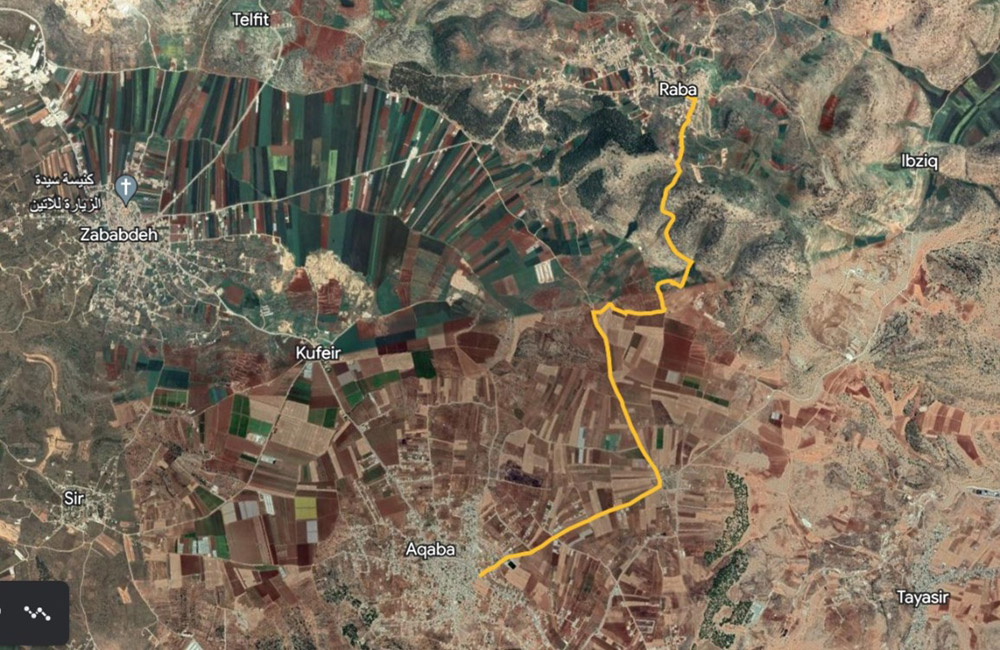
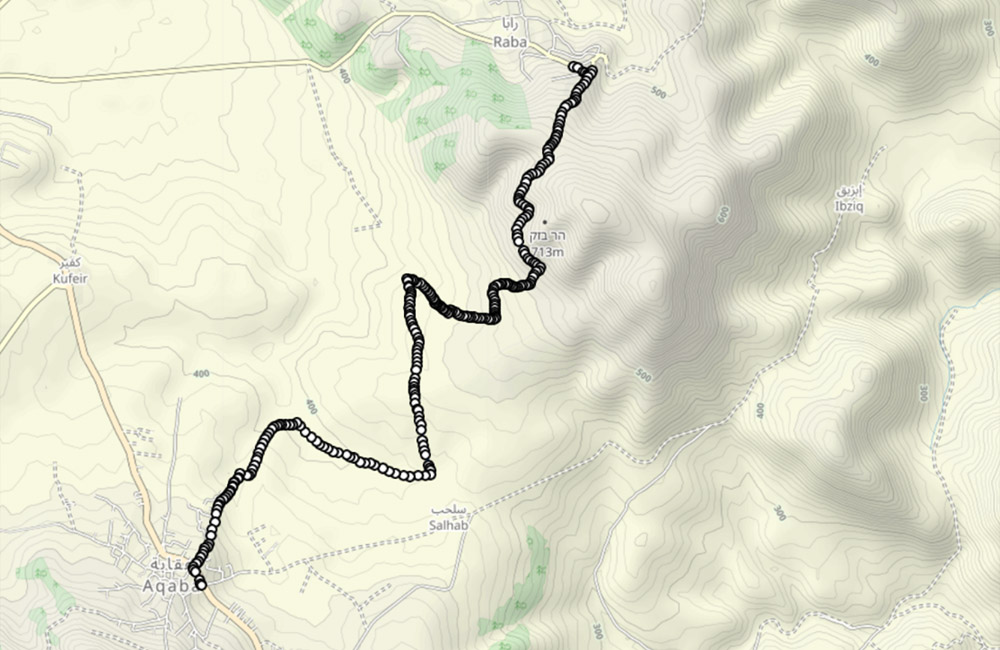
The beginning of the route
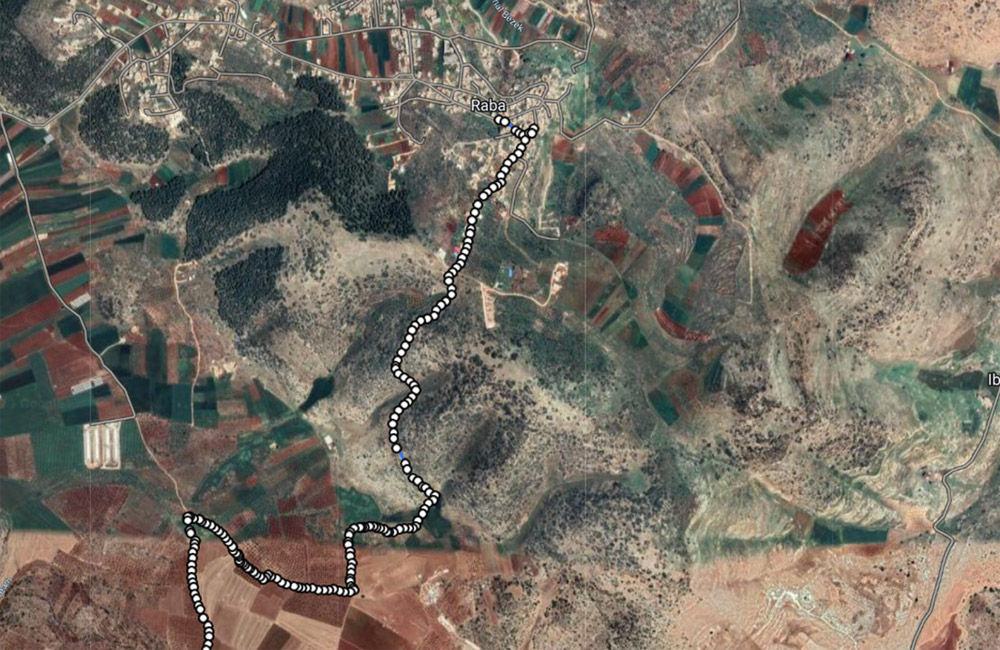
Center line segment
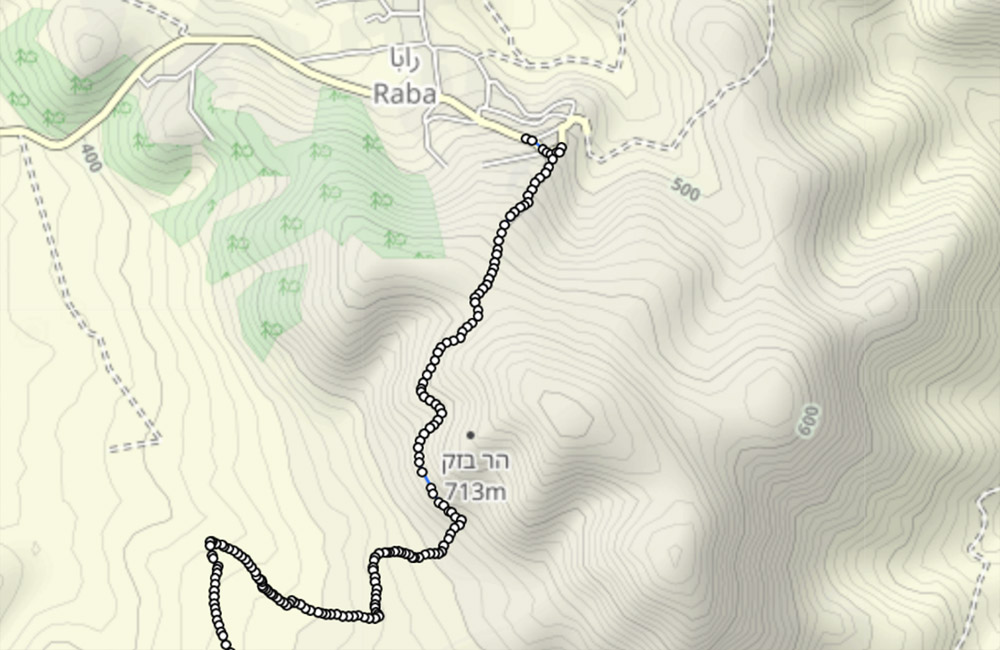
The end of the route's itinerary
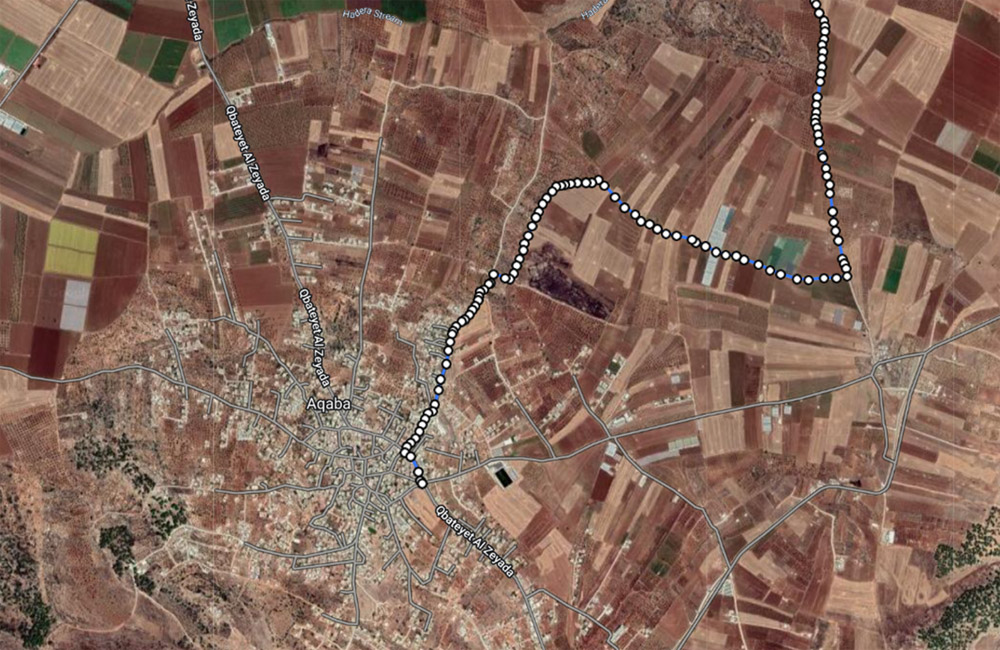
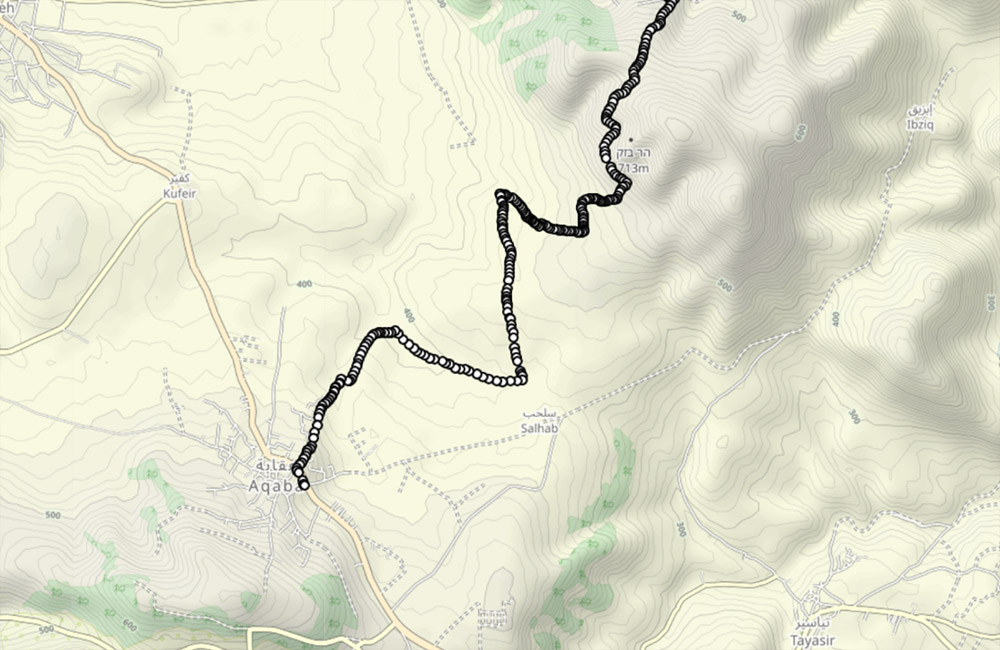
General photos: A photo of the Green School in Aqqaba.
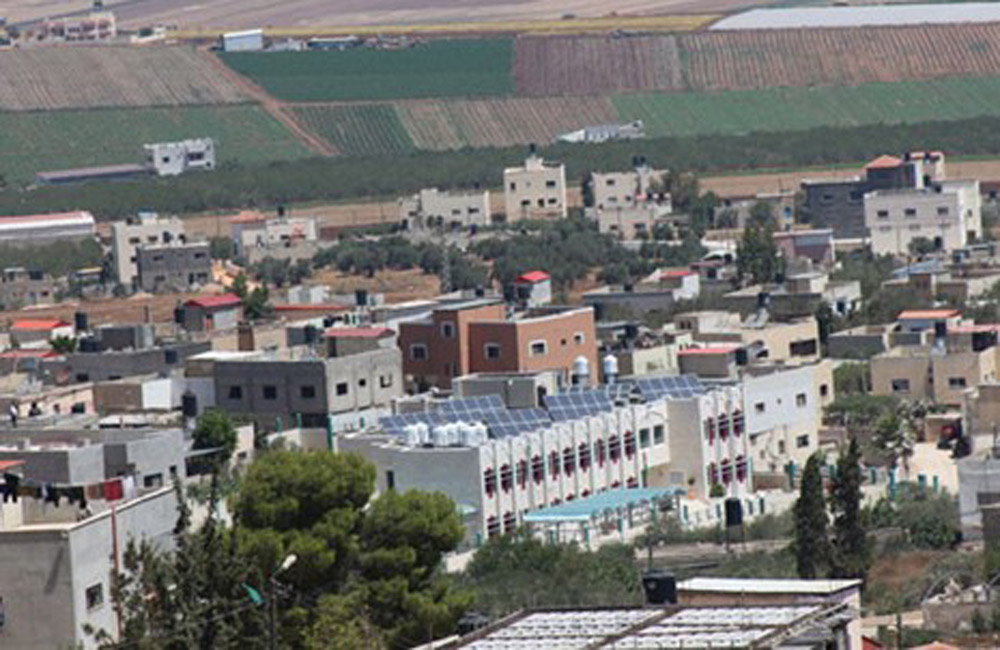
A picture of the sheep farm of the Aqqaba Agricultural Cooperative.
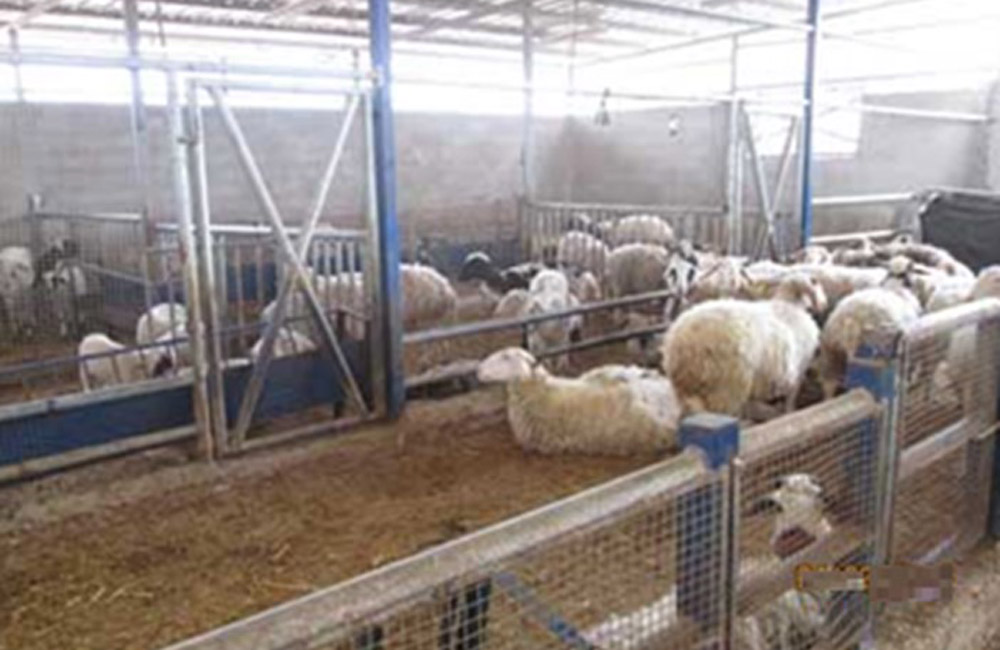
View of flowering almond trees on the route's itinerary.
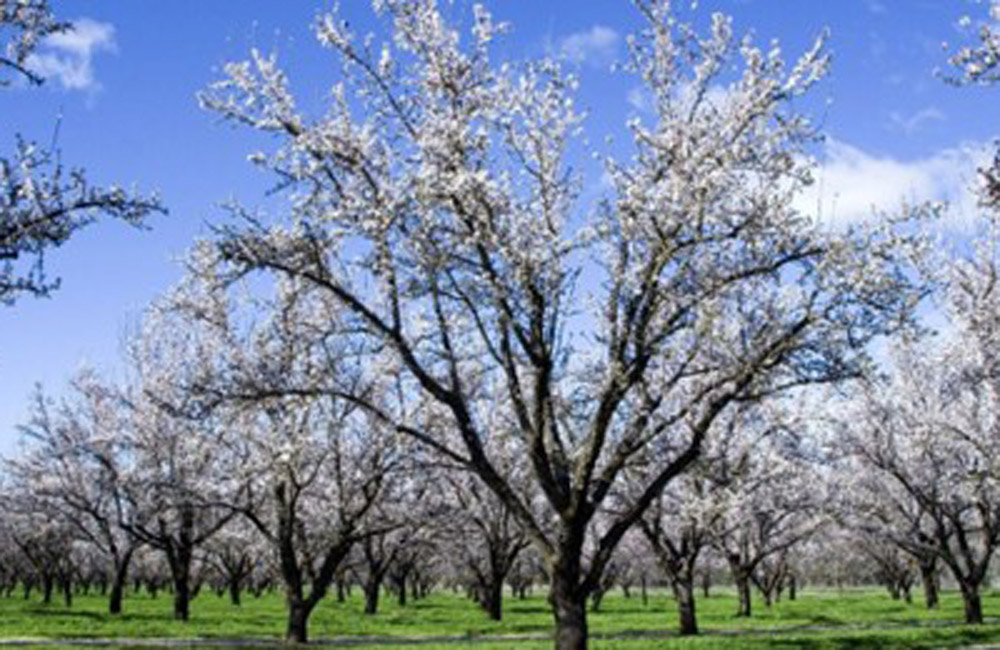
General view of the village of Raba
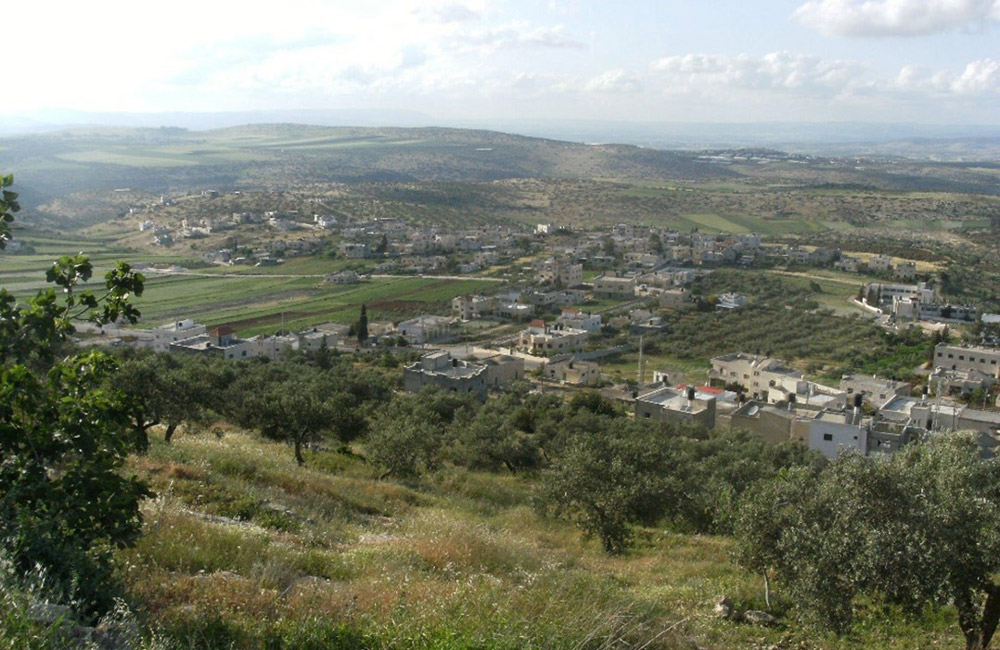
A general view of Aqaba
